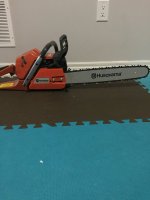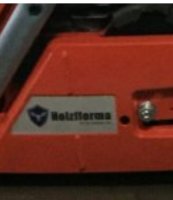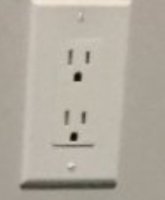You are using an out of date browser. It may not display this or other websites correctly.
You should upgrade or use an alternative browser.
You should upgrade or use an alternative browser.
What triggers ope members the easiest
- Thread starter pro94lt
- Start date
- Local time
- 9:09 AM
- User ID
- 6487
- Joined
- Jun 21, 2018
- Messages
- 438
- Reaction score
- 1,843
- Location
- Oklahoma
I grew up with better filter picks than those big hairy bushy ones. Lol
Goatee or full beard.
Don't matter. Hair is hair buddy.
thesawincanada
For the love of saws
- Local time
- 10:09 AM
- User ID
- 6631
- Joined
- Jul 7, 2018
- Messages
- 298
- Reaction score
- 713
- Location
- Ontario, Canada
- Local time
- 9:09 AM
- User ID
- 6487
- Joined
- Jun 21, 2018
- Messages
- 438
- Reaction score
- 1,843
- Location
- Oklahoma
View attachment 157473 What’s wrong with this picture
I'll go with:
No visible filter for $1000 Alex...
thesawincanada
For the love of saws
- Local time
- 10:09 AM
- User ID
- 6631
- Joined
- Jul 7, 2018
- Messages
- 298
- Reaction score
- 713
- Location
- Ontario, Canada
Lol
Shanesaw80
Tree Assassin
- Local time
- 8:09 AM
- User ID
- 7075
- Joined
- Aug 18, 2018
- Messages
- 395
- Reaction score
- 2,403
- Location
- Alberta, Canada
At a quick glance it’s a Hutzl saw or at least the bar cover is. I know nothing about those saws or kits to build them so I can’t really comment on that.
Marshy
WFO Cutting
- Local time
- 10:09 AM
- User ID
- 417
- Joined
- Jan 5, 2016
- Messages
- 3,800
- Reaction score
- 13,109
- Location
- Mexico NY
thesawincanada
For the love of saws
- Local time
- 10:09 AM
- User ID
- 6631
- Joined
- Jul 7, 2018
- Messages
- 298
- Reaction score
- 713
- Location
- Ontario, Canada
LOL
- Local time
- 9:09 AM
- User ID
- 2014
- Joined
- Oct 21, 2016
- Messages
- 34,640
- Reaction score
- 147,457
- Location
- Kansas
View attachment 157473 What’s wrong with this picture
Not a 110cc 660?
Deets066
AKA Deetsey
- Local time
- 10:09 AM
- User ID
- 290
- Joined
- Dec 28, 2015
- Messages
- 15,443
- Reaction score
- 73,583
- Location
- Illinois
You don’t trust it enough to hold its oil to set it on a blue squareView attachment 157473 What’s wrong with this picture
00wyk
Here For The Long Haul!
- Local time
- 3:09 PM
- User ID
- 4606
- Joined
- Nov 16, 2017
- Messages
- 1,616
- Reaction score
- 9,227
- Location
- Ireland
Echo plastic
I saw a few people make statements regarding the Echo plastic(and it's not unique to this forum). The plastics on my CS-390 are PA6-GF. This is a glass reinforced nylon, and with PA66 and ABS(ABS can be rather strong, but chemicals wreak havoc with it, so not so good for saws) is an industry standard for OPE, cars, motorcycles, cowlings, etc. Yeah, I know the US doesn't get the CS390, but I think it's prolly the same as on the 490/500/501, and most other echos as this is basically an industry standard for anything that might take impact or outdoor exposure. I suspect it is the thickness of the plastics that may put some folks off, or maybe the finish, or maybe echo's tendency to use plastic as a clutch cover. PA6-GF is known for it's ability to have a super smooth, paint-like finish, and this is what Shindaiwa and Echo have appeared to go with. They also use thinner pieces in places. This isn't a design for saving costs so much as a design decision presumably to make their saws lighter as pa6-gf is not terribly light - but it has high ductility/strength for it's weight. It's the first thing people who race motorcycles and cars get rid of and replace with fiberglass to easily save several pounds. Stihl and some other makes seem to have asked their supplier to provide more of an uneven, more matte-like surface, which is easily done by stippling, brushing, roughing or bead blasting the mold surface.
As a design engineer in a previous life for Philips Medical Systems, CMS, and ADAC medical, I am keen to spot materials marks and makes when I pull stuff like a saw apart. My main job was usually to 'improve reliability and use' of products in the field. Which I always thought was odd - like, why don't they have a guy do that BEFORE it reaches the field? Any time I spoke with an actual engineer that was in the process of designing something before it hit the field or even testing, it was because I alone thought it was a good idea to do so. Anywho... I watch crazy stuff like this to see what stuff is actually made of: https://www.youtube.com/user/arduinoversusevil/videos
BTW, do NOT buy a Dyson ball. It's junk.
This is what an injection molded mark looks like if you wish to check your own equipment. You won't find it on all parts, especially smaller parts, especially most parts of Chinese origin, or some older parts before they added the stamp to molds; but in most modern saws(as well as other equipment), clutch covers, starter covers, and top covers/air covers/shrouds, you will.:
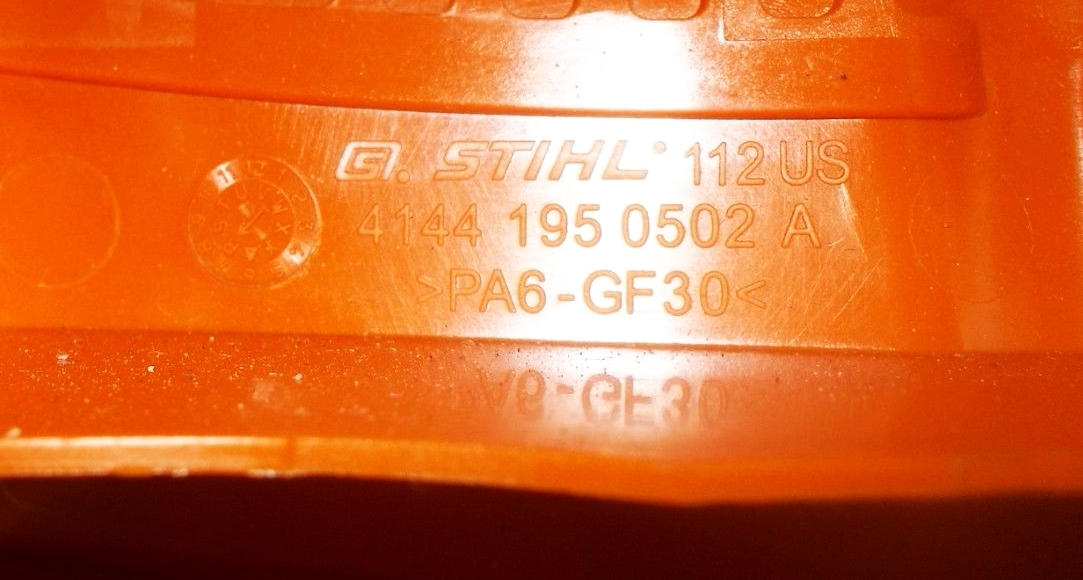
https://www.plasticprop.com/articles/pa6pa66-properties-experiences-and-useful-links
Last edited:
FergusonTO35
Here For The Long Haul!
- Local time
- 10:09 AM
- User ID
- 3545
- Joined
- Jul 9, 2017
- Messages
- 5,912
- Reaction score
- 14,289
- Location
- Boonesborough, KY
I don't mind plastic when appropriate. I do mind when some brands charge a metal pro saw price for a plastic consumer saw!
- Local time
- 10:09 AM
- User ID
- 264
- Joined
- Dec 26, 2015
- Messages
- 3,383
- Reaction score
- 7,658
- Location
- The land of pleasant living
How long did it take you to type this reply?? Woul've taken me like about 3 hours...I saw a few people make statements regarding the Echo plastic(and it's not unique to this forum). The plastics on my CS-390 are PA6-GF. This is a glass reinforced nylon, and with PA66 and ABS(ABS can be rather strong, but chemicals wreak havoc with it, so not so good for saws) is an industry standard for OPE, cars, motorcycles, cowlings, etc. Yeah, I know the US doesn't get the CS390, but I think it's prolly the same as on the 490/500/501, and most other echos as this is basically an industry standard for anything that might take impact or outdoor exposure. I suspect it is the thickness of the plastics that may put some folks off, or maybe the finish, or maybe echo's tendency to use plastic as a clutch cover. PA6-GF is known for it's ability to have a super smooth, paint-like finish, and this is what Shindaiwa and Echo have appeared to go with. They also use thinner pieces in places. This isn't a design for saving costs so much as a design decision presumably to make their saws lighter as pa6-gf is not terribly light - but it has high ductility/strength for it's weight. It's the first thing people who race motorcycles and cars get rid of and replace with fiberglass to easily save several pounds. Stihl and some other makes seem to have asked their supplier to provide more of an uneven, more matte-like surface, which is easily done by stippling, brushing, roughing or bead blasting the mold surface.
As a design engineer in a previous life for Philips Medical Systems, CMS, and ADAC medical, I am keen to spot materials marks and makes when I pull stuff like a saw apart. My main job was usually to 'improve reliability and use' of products in the field. Which I always thought was odd - like, why don't they have a guy do that BEFORE it reaches the field? Any time I spoke with an actual engineer that was in the process of designing something before it hit the field or even testing, it was because I alone thought it was a good idea to do so. Anywho... I watch crazy stuff like this to see what stuff is actually made of: https://www.youtube.com/user/arduinoversusevil/videos
BTW, do NOT buy a Dyson ball. It's junk.
This is what an injection molded mark looks like if you wish to check your own equipment. You won't find it on all parts, especially smaller parts, especially most parts of Chinese origin, or some older parts before they added the stamp to molds; but in most modern saws(as well as other equipment), clutch covers, starter covers, and top covers/air covers/shrouds, you will.:

https://www.plasticprop.com/articles/pa6pa66-properties-experiences-and-useful-links
Motorhead
Cantre Member
- Local time
- 10:09 AM
- User ID
- 215
- Joined
- Dec 24, 2015
- Messages
- 3,410
- Reaction score
- 14,436
- Location
- Tampa Fla.
Craigslist
usmcbuckwild
Buck
- Local time
- 10:09 AM
- User ID
- 4866
- Joined
- Dec 24, 2017
- Messages
- 3,773
- Reaction score
- 23,970
- Location
- NW CT
A pencil pusher who has only ever worked in retail coming in and telling me how to run my shop. GFY!!!
Engineers and pencil pushers designing things they have never had ANY practical use using.
Redfin
Meh...
- Local time
- 10:09 AM
- User ID
- 159
- Joined
- Dec 24, 2015
- Messages
- 7,645
- Reaction score
- 39,995
- Location
- Central Pa
They we interupted.Even your outlets cant believe it.
View attachment 157485
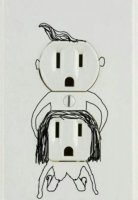
Similar threads
- Replies
- 27
- Views
- 4K
- Replies
- 6
- Views
- 1K







